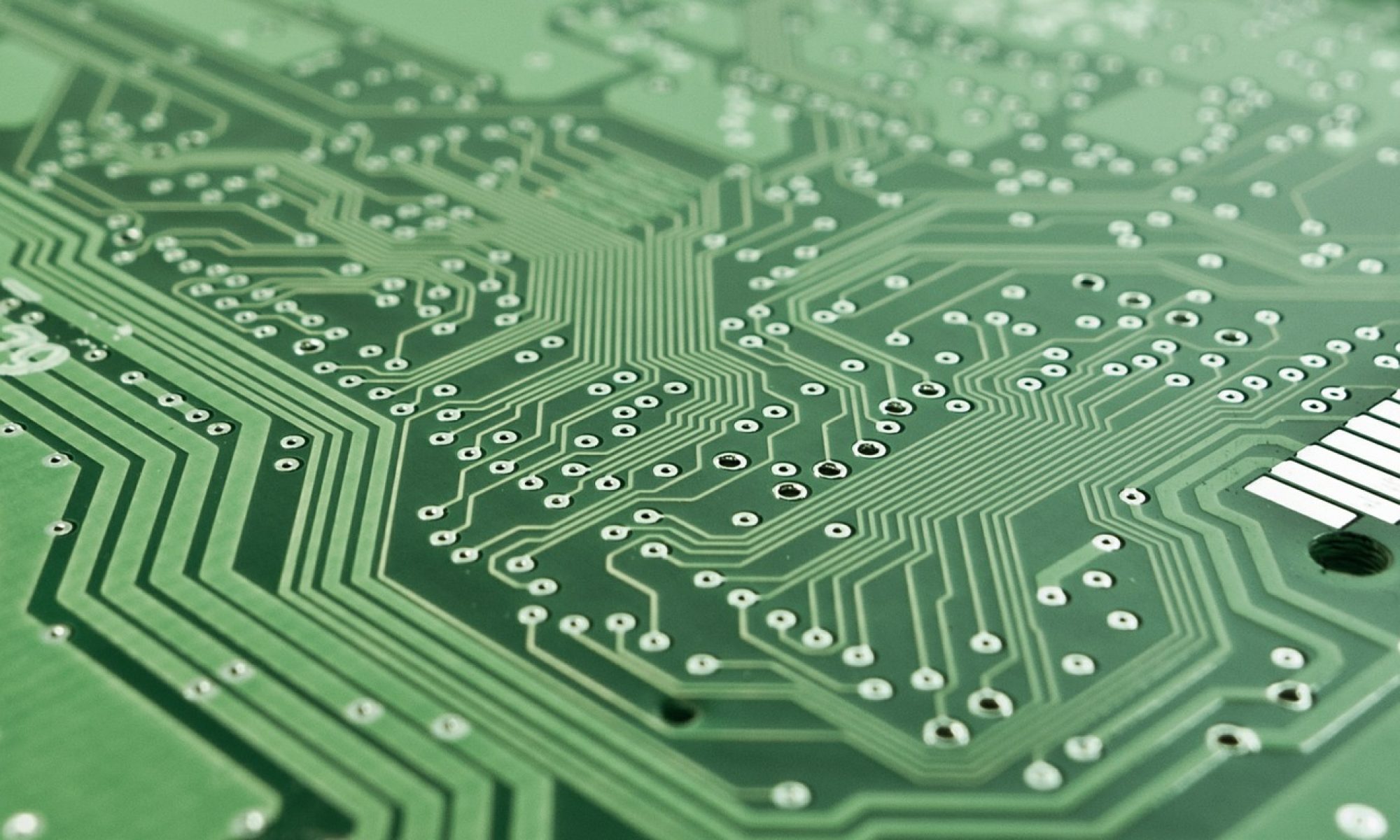 With the new year comes a new focus for the Sustainable Electronics Initiative (SEI). SEI continues to be a consortium dedicated to the development and implementation of a more sustainable system for designing, producing, remanufacturing, and recycling electronic devices. Members of the consortium include academia, non-profit organizations, government agencies, manufacturers, designers, refurbishers and recyclers. Over the next several months, our efforts will be geared more toward conducting and sponsoring research, as well as integrating principles of sustainability into the curricula and educational experiences of engineers, industrial designers, computer scientists and others involved in the design, manufacture and consumption of electronics products. We will be moving away from the previous paid membership structure to a more open network of like-minded individuals, organizations, and corporations who believe in working together to stem the tide of e-waste production through innovation and systems thinking. Bear with us over the next few months as we work to update our web site to reflect this slight shift. Joy Scrogum, Emerging Technologies Resource Specialist for the Illinois Sustainable Technology Center (ISTC), will be assuming responsibilities as Education Coordinator for SEI. Nancy Holm, ISTC Sponsored Research Program Coordinator, will serve as the SEI Research Coordinator.
With the new year comes a new focus for the Sustainable Electronics Initiative (SEI). SEI continues to be a consortium dedicated to the development and implementation of a more sustainable system for designing, producing, remanufacturing, and recycling electronic devices. Members of the consortium include academia, non-profit organizations, government agencies, manufacturers, designers, refurbishers and recyclers. Over the next several months, our efforts will be geared more toward conducting and sponsoring research, as well as integrating principles of sustainability into the curricula and educational experiences of engineers, industrial designers, computer scientists and others involved in the design, manufacture and consumption of electronics products. We will be moving away from the previous paid membership structure to a more open network of like-minded individuals, organizations, and corporations who believe in working together to stem the tide of e-waste production through innovation and systems thinking. Bear with us over the next few months as we work to update our web site to reflect this slight shift. Joy Scrogum, Emerging Technologies Resource Specialist for the Illinois Sustainable Technology Center (ISTC), will be assuming responsibilities as Education Coordinator for SEI. Nancy Holm, ISTC Sponsored Research Program Coordinator, will serve as the SEI Research Coordinator.
The Illinois Sustainable Technology Center (ISTC), the host agency for SEI, is located on the campus of the University of Illinois at Urbana-Champaign, and therefore well positioned to work with the academic community to address electronic product life cycle issues and sustainability, as well as to involve students in such considerations via internships and research projects. More information on possible student opportunities will be available on the SEI web site and blog as details are finalized. UIUC students and professors interested in participating in SEI activities should contact Joy Scrogum. Professors from other colleges or universities interested in, or already incorporating sustainability into their curricula, are also encouraged to contact Ms. Scrogum regarding potential collaboration. During the Spring 2012 semester, ISTC will be hosting a few seminars on sustainable electronics and for Fall 2012, ISTC is planning a full series of seminars on this topic. We hope to offer these seminars as webinars to increase the reach of the information presented. Again, watch our site for details in the coming months. Researchers or industry representatives interested in sharing information about their sustainable electronics projects should contact Nancy Holm.
SEI and ISTC will once again be hosting the International E-Waste Design Competition in 2012, though past participants should note that the registration period has been moved from the spring semester to fall (September 1, 2012-November 1, 2012). The shift in timing is meant to allow increased outreach and promotion of the competition, and allow more professors to incorporate the competition into course syllabi for the fall. Participants are asked to explore solutions to either remediate the existing e-waste problem or prevent e-waste generation in the future. The spirit of this competition is to prompt the industrialized world to dialogue about product designs for environmentally responsible green computing and entertainment. The goals of this competition are to learn about ways to reuse e-waste for new and productive means, explore ideas for how to address e-waste problems, and contribute to the body of knowledge that advances the practice of environmentally responsible product design for current and future computing technology products. Awards, jurors, and other details for this year’s competition are still in the planning stage, but check the competition site for updates in the coming months. Prize money totaling $20,000 was awarded to six teams and three honorable mentions at the conclusion of last year’s competition, with prize money contributed by corporate sponsors including DELL and Walmart. You can view the winning videos for the 2011 competition on the competition web site or the SEI YouTube Channel. Contact Joy Scrogum for more information or with questions related to the design competition.
Those of us at SEI look forward to a year full of collaboration, innovation, and steps toward sustainable solutions for electronics manufacturing and waste management. Happy New Year!


 Registration is now open for this year’s
Registration is now open for this year’s  Happy America Recycles Day! Celebrated annually on November 15,
Happy America Recycles Day! Celebrated annually on November 15,